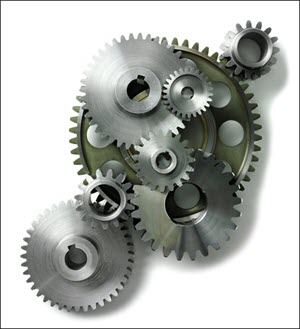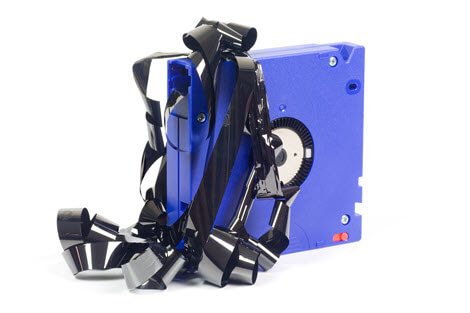An HPE Shadowbase active/active system architecture provides disaster tolerance by maintaining a network of independent processing nodes, each having access to a common replicated database. This architecture eliminates the uncertainty and cost that exists with an active/backup...
Business continuity encompasses those activities that an enterprise performs to maintain consistency and recoverability of its operations and services. The availability of application services provided by an enterprise’s IT infrastructure is only one of many facets of...
The Connection, by Keith B. Evans
Business continuity encompasses activities that an enterprise performs to maintain timeliness, consistency, and availability of its data, operations, and services. Application availability depends upon the ability of IT...
The Connection, by Keith Evans
HPE Shadowbase data replication solutions provide all the capabilities necessary to keep databases replicated and synchronized across multiple systems...
Shadowbase synchronous replication (Shadowbase Zero Data Loss, or Shadowbase ZDL) resolves two key issues of asynchronous replication: data loss on source system failure and data collisions when running an active/active environment. By eliminating data loss...
Physical Tape, Virtual Tape, and the Backup Problem Since there is a growing need for an economic and efficient way to back up very large-scale databases, many companies are returning to physical tape to fill this need. An Online Backup of an Active Database via the Traditional Backup Method is summarized and discussed. However, The...
Philip J. Nye writes how to enable improved performance and Disaster Recovery for BASE24 applications using standard HPE NonStop Products such as the Transaction Management Facility (TMF) and NonStop AutoTMF.
Extended outages happen, and when they do, the cost to your business can be severe. You are at risk if you: have no business continuity plans, are using tape or virtual tape backup for disaster recovery, or have an active/passive disaster recovery plan, which may encounter failover faults...













